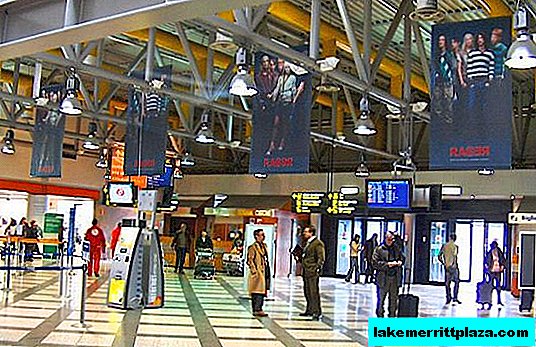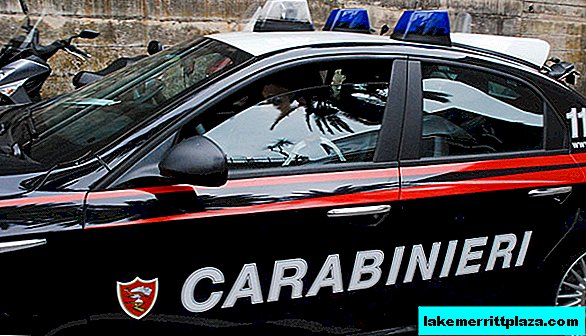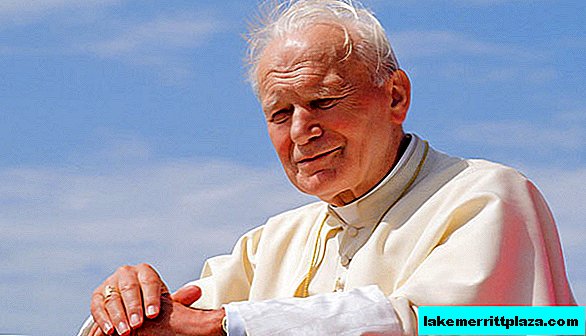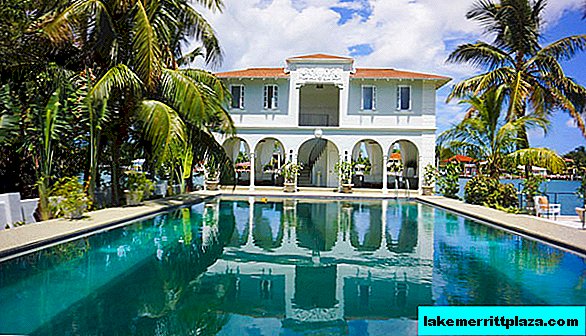Aventin is a good place for those who are tired of the bustle of the city. Here you will find the Rosary, the Orange Garden and a view of Rome from the observation deck. Be sure to look into the church and the keyhole of the residence of the Order of Malta, having stood a short queue.
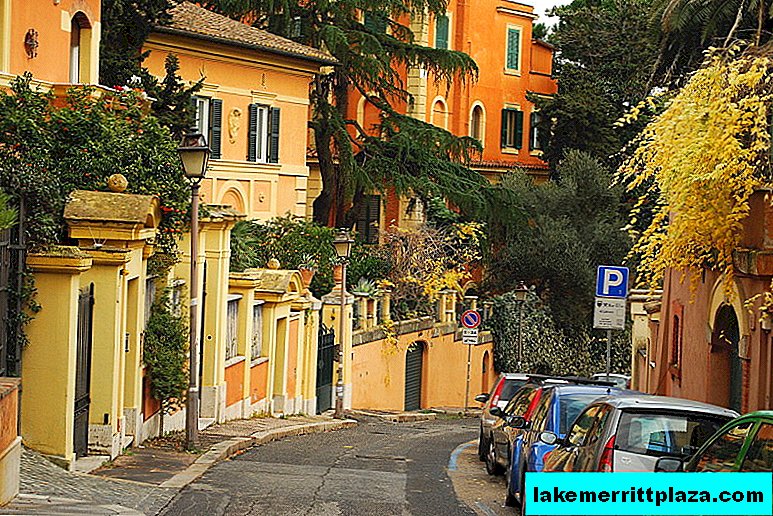
Aventin Hill, photo by Aleksandra Piechorowska
Aventin (ital. Aventino, lat. Aventinus) is considered the most beautiful of the seven Roman hills. For a long time poets have glorified its charm. Aventin is located on the banks of the Tiber, southwest of the central Palatine hill.
Where did the name come from
There are 3 versions of the name of the hill. One of the legends tells, Remus and Romulus, competing, were looking for water. Remus first found the source, and the birds (aves) that accompanied him helped in this. In their honor, the hill was named Aventin. According to another version, the name comes from the word "aventus", in the translation "collection". Locals gathered on the hill to celebrate the festival of the goddess Diana. Maybe the hill was named after the king of Aventunis, who was killed by lightning, and he was buried here, or the name came from the name of the mythological hero Aventin - the son of Rhea and Hercules. Right now no one will say.
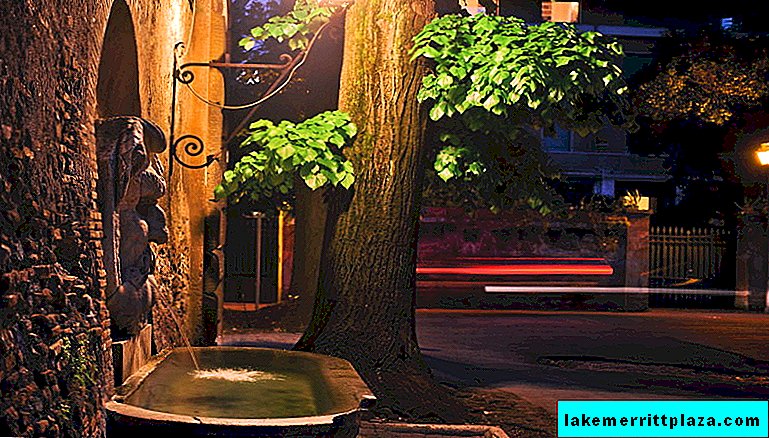
Aventine at night, photo Le Fo
Deep into the centuries
For a long time only slaves and plebeians who left the Palatine lived here. During the reign of Augustus, Aventine became one of the areas of Rome. Under the emperor Claudius, the hill began to be populated by wealthy citizens. New buildings were built, luxurious baths. This continued until the capture of Rome by the Visigoths in 410. In the 10th century, Aventine was again the most populated part of Rome. Fortified castles grew near monasteries and temples. In the XVII century. Aventine hill has become a fashionable quarter of the capital. Its antique buildings interspersed with luxurious mansions.
Thousands of tourists seek today on Aventin. Many ancient and medieval sights have been preserved here.
Attractions Aventina
Gates of Sao Paolo

Gates of San Paolo (Porta San Paolo), photo by Livioandronico
Monumental gate of Sao Paolo stands near Piramide metro station. (Porta San Paolo) - part of the Aurelian wall, built in the III century.
Pyramid of Guy Cestius
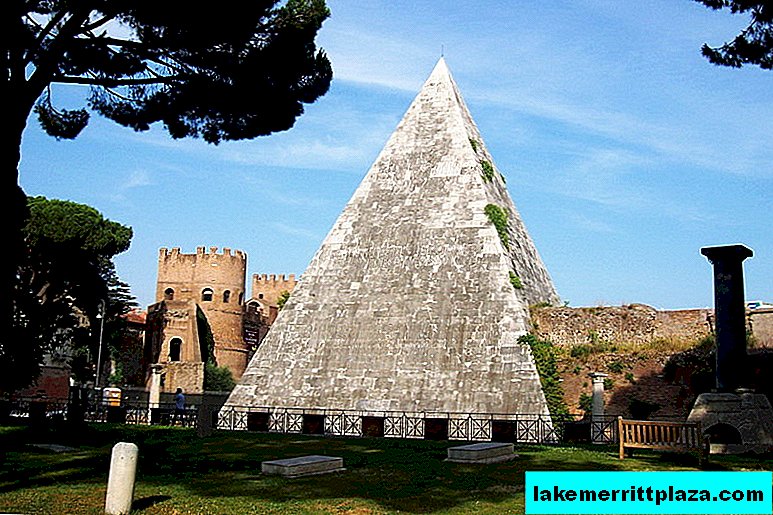
Pyramid of Cestius (Piramide Cestia)
Opposite the gate there is a marble tomb 30 m high - the pyramid of Guy Cestia (Piramide Cestia).
Maltese Knights Square and Residence

Maltese Knights Square (piazza dei Cavalieri di Malta), photo by Alvaro de Alvariis

Palace of the Maltese Knights (Villa del Priorato di Malta)

Queue to look into the keyhole, photo hvirpi
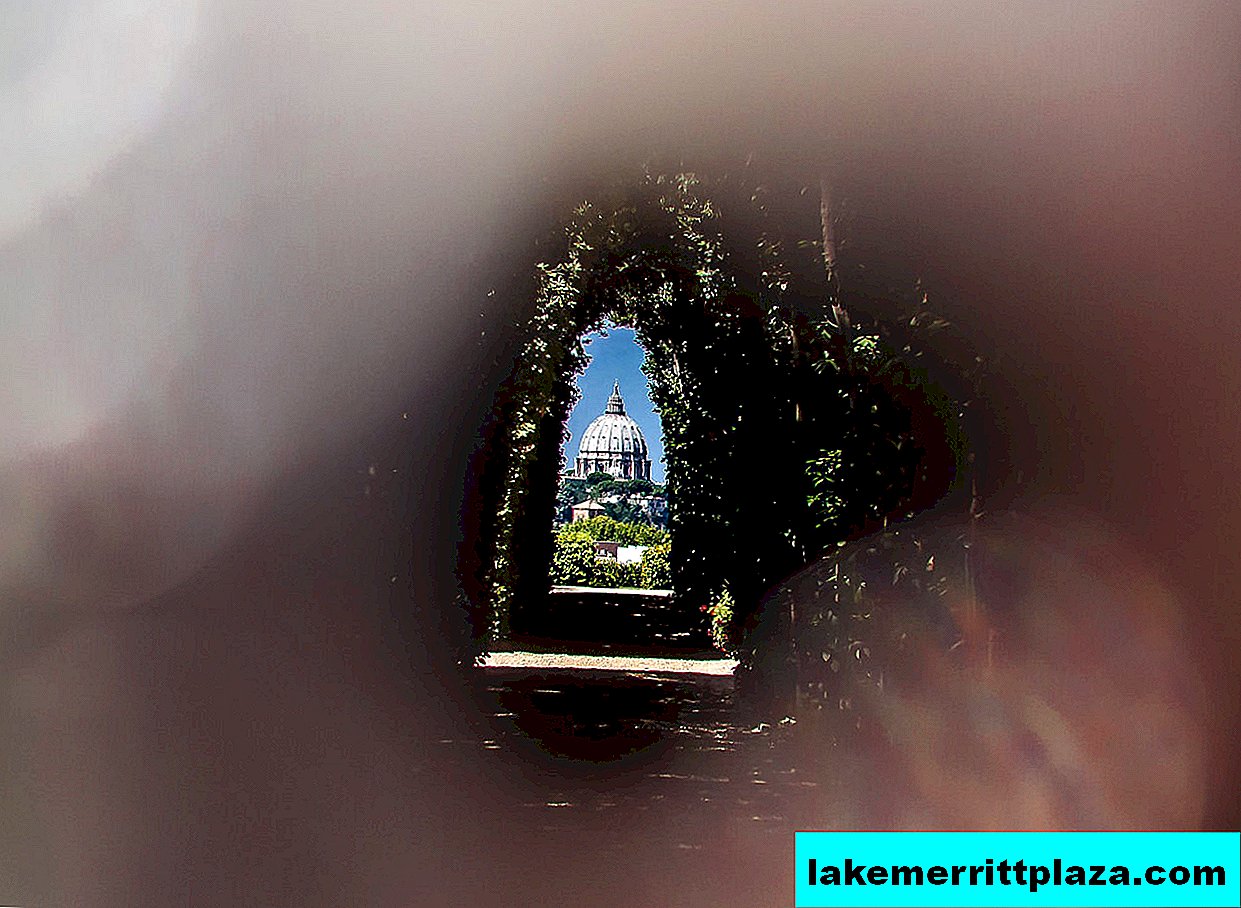
In the Holy Hole, 3 states are immediately visible, photo madep_
Along Porta Lavernale, you can reach the Maltese Knights Square (piazza dei Cavalieri di Malta) (the ensemble of the square was designed by Piranesi). Here is the Residence of the Knights of Malta, Trunk Villa (Villa del Priorato di Malta). You cannot enter inside, but there is a turn of tourists at the gate. Through the keyhole - the Holy Hole (Priorato dei Cavalieri di Malta), you can immediately see 3 states: the territory of the Order of Malta, the dome of St. Peter's in the Vatican, and all that is in between is Italy.
Church of St. Anselm in Aventina

Church of Sant Anselmo al Aventino (Chiesa di Sant'Anfselmo all'Aventino), photo by Imre Farago
To the left of the Knights of Malta Square is the Church of St. Anselm on Aventina (Chiesa di Sant'Anselmo all'Aventino - Sant Anselmo al Aventino). The temple was built in the XIX century, in the style of Lombard Gothic.
Basilica of Saints Boniface and Alexius
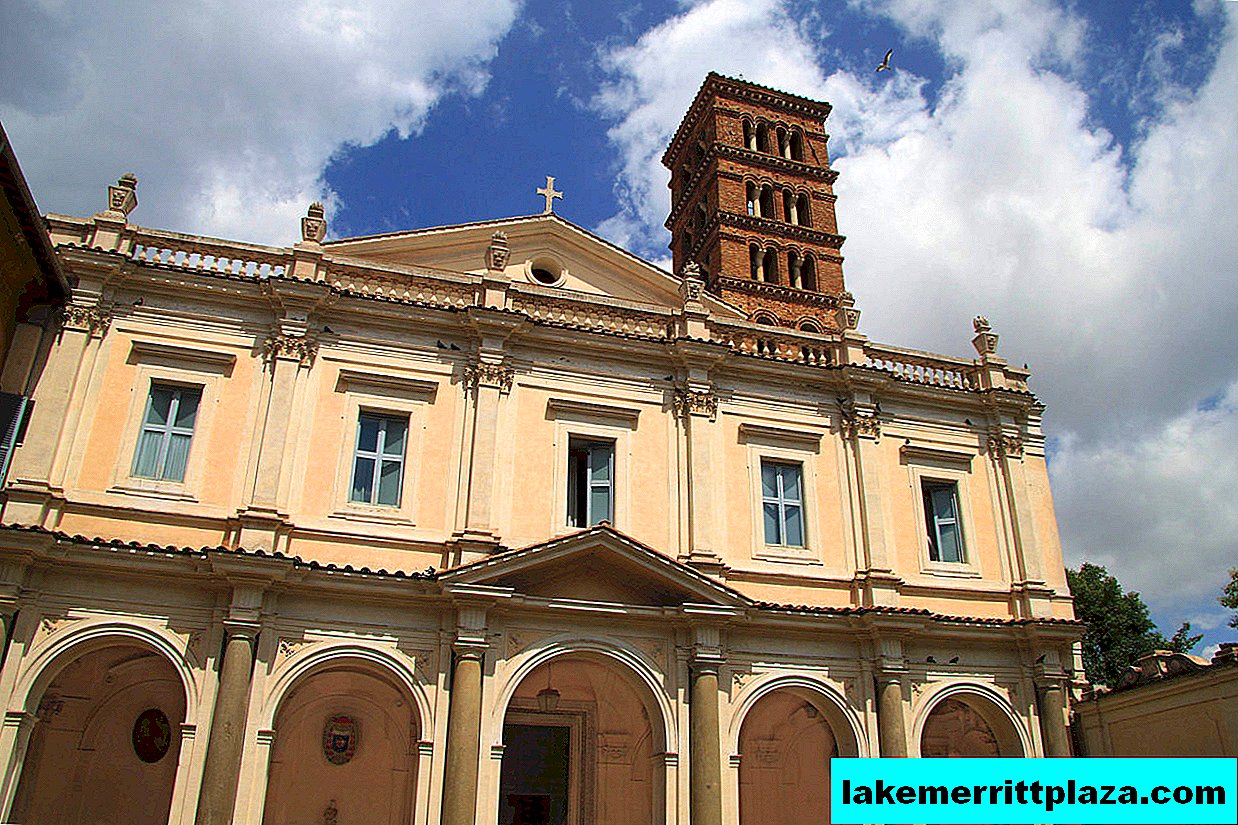
Basilica of Saints Boniface and Alexius (Basilica dei Santi Bonifacio e Alessio), photo by Marco Farolfi
On the right side of the residence is the Basilica of Saints Boniface and Alexius (Basilica dei Santi Bonifacio e Alessio) - a 5th-century church with features of Romanesque and Gothic architecture.
Basilica of Saint Sabina
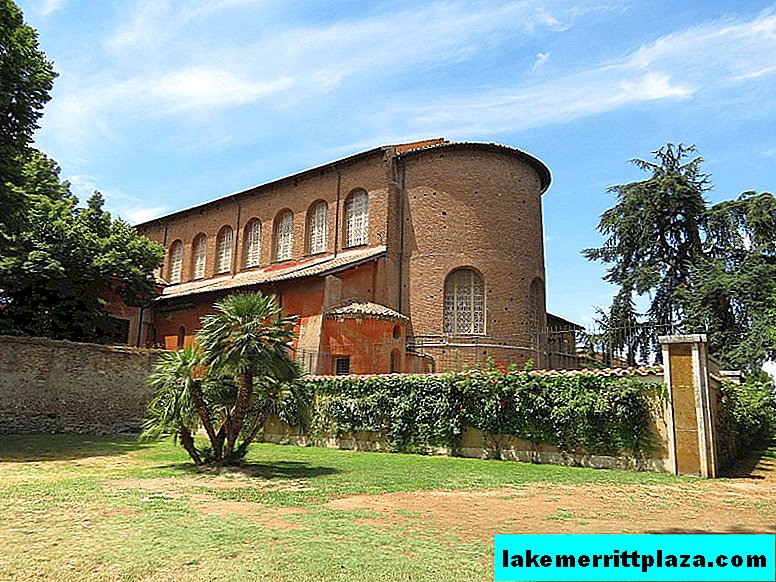
Basilica of Saint Sabina (Basilica di Santa Sabina), photo by Yuri Victor
In the Pietro d'Illiria square stands the Basilica of Saint Sabina (Basilica di Santa Sabina all'Aventino) (425 g.). It was erected on the site of the ancient temple of Juno, from which marble columns have been preserved. The founder of the Dominican Order, Saint Dominic, is buried in the church. From the original appearance of the temple, carved doors and a mosaic above the entrance have been preserved.
Church of the Holy Priscus
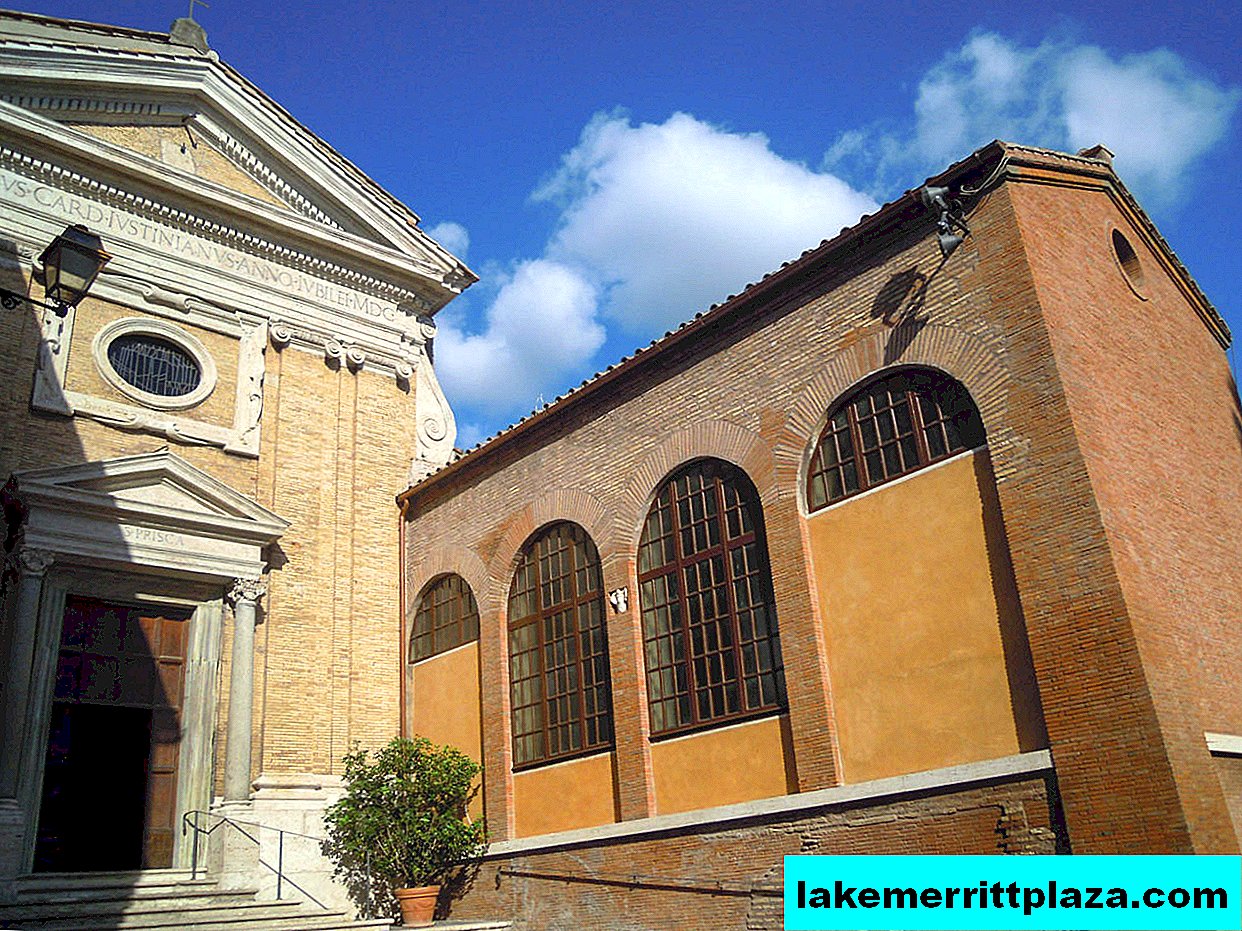
Church of Santa Prisca (Chiesa di Santa Prisca), photo Pufui Pc Pifpef I
The Church of Santa Prisca (Chiesa di Santa Prisca) was erected in honor of the goddess Mitri before our era. Later, the parents of Prisca, the girl who was baptized by the Apostle Peter, lived here. The remains of the girl were buried in the catacombs in the chapel, where the first Christian services were held. The church holds relics of St. Prisca, and in the basement today you can see the remains of an ancient temple.
Orange garden

Orange Garden (Giardino degli Aranci), photo by zio Paolino
There is a fountain near the church wall, next to it is a gate leading to the Orange Garden (Giardino degli Aranci) - Savello Park. Among the orange trees, pines and oleanders, ancient stones are found - fragments of the ruins of the Savello fortress. The garden ends with a viewing terrace overlooking the Tiber, the Janiculum hill, the Trastevere and Vatican areas.
At sunset, lovers come to the Orange Garden, newlyweds like to be photographed against a background of orange trees, and the sunrises from here are insanely beautiful.

An observation deck overlooking the Tiber, the hill of Janicul, the Trastevere and Vatican area, photo by Scipione Semeraro
Rose garden
Next to the Orange Garden is a luxurious rose garden (Roseto di Roma Capitale), where over 1000 varieties of roses grow on an area of 10,000 m2.
Big circus

Grand Circus, photo M-12
From Savello Park you can go down via Via di Santa Sabina. The road leads to the Grand Circus (Circo Massimo) - an ancient arena where chariot races were held. From the arena you can walk to the metro Circo Massimo.

Ah, this romantic Aventine, photo by Paolo
How to get there
Take line B metro to Piramide or Circo Massimo Station;
by bus 81, 85, 87, 160, 628 to the Greca stop or 23, 280, N10 to Lungotevere Aventino.
How do I save on hotels?
Everything is very simple - look not only at the booking. I prefer the search engine RoomGuru. He is looking for discounts at the same time on Booking and on 70 other booking sites.




